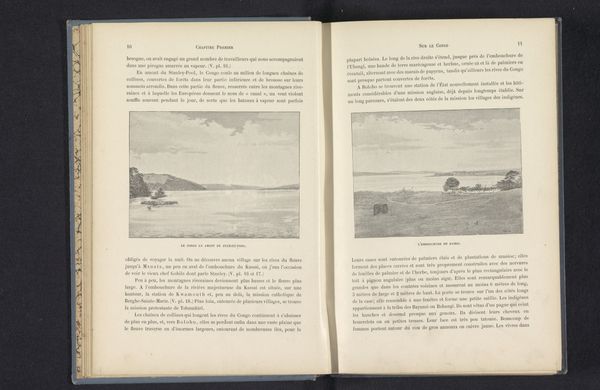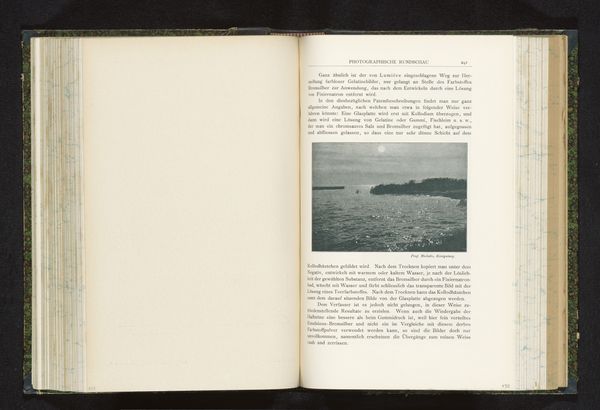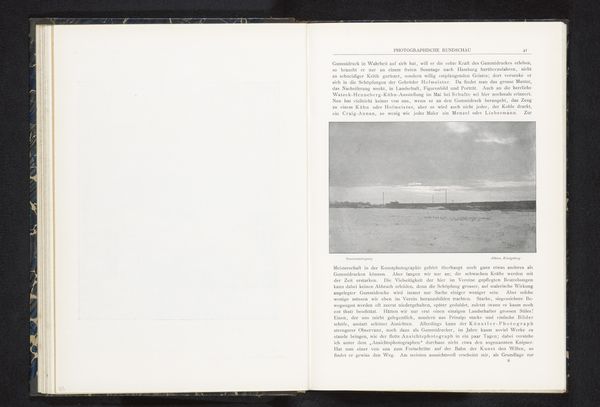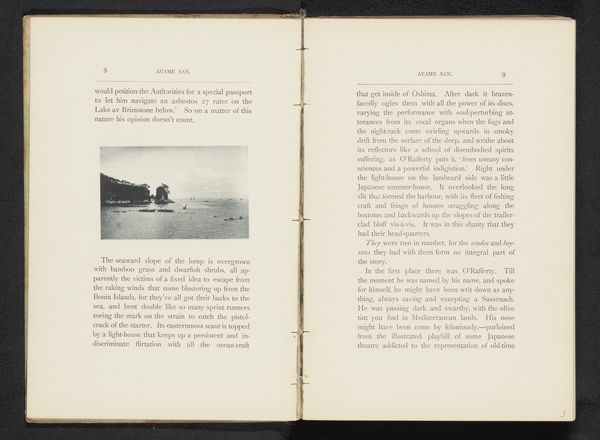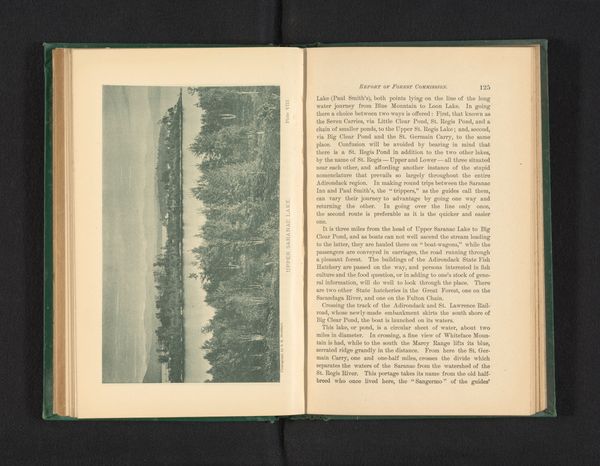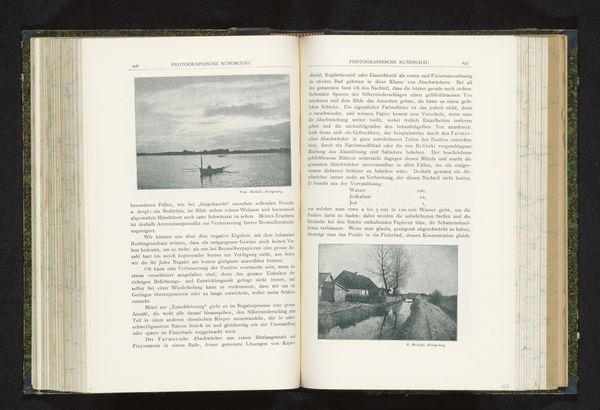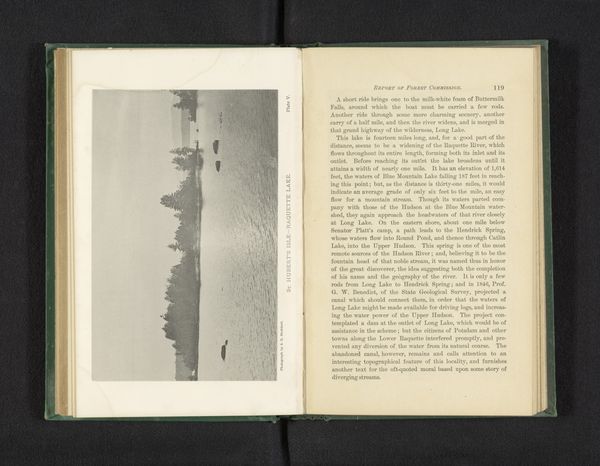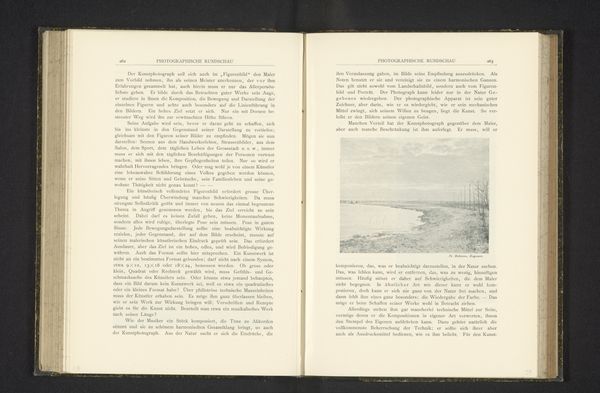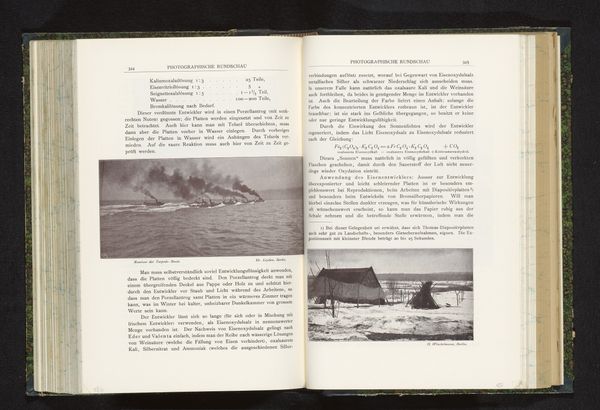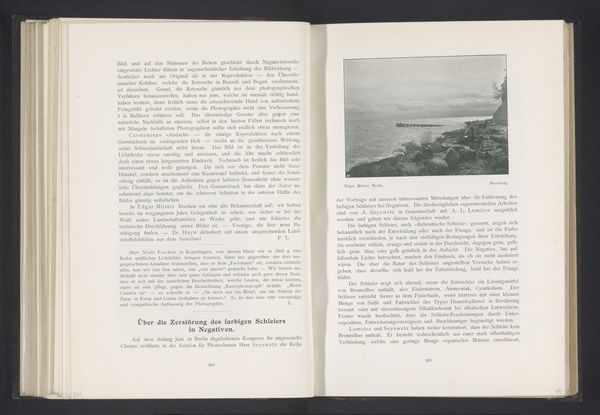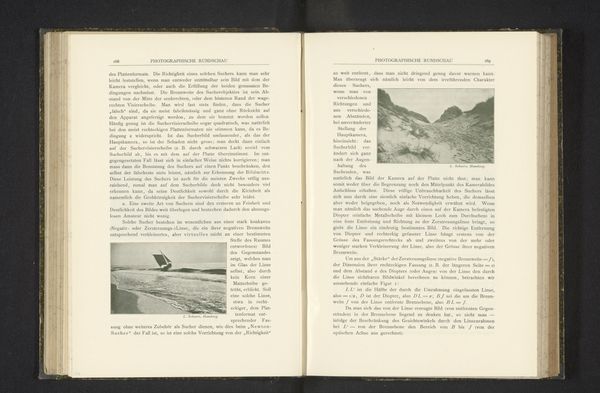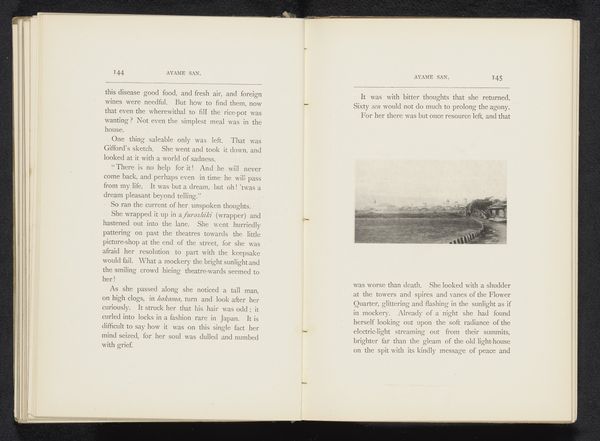
Fotoreproductie van een tekening, voorstellende een gezicht op de Congorivier nabij Banana before 1899
0:00
0:00
# print
#
landscape
Dimensions: height 89 mm, width 120 mm
Copyright: Rijks Museum: Open Domain
Curator: This lithograph from before 1899 is entitled, "Photographic reproduction of a drawing representing a view of the Congo River near Banana." Editor: There’s something immediately unsettling about the stark contrast, the flat horizon line. It feels less like a landscape and more like a visual representation of colonial imposition. Curator: Indeed. The image’s context is key. This reproduction likely served as propaganda, aimed to highlight European presence in the Congo. The placid river belies the brutal realities of the exploitation taking place at that time. Editor: Precisely. The very act of reproducing this drawing, turning it into a widely distributed print, amplifies its ideological impact. Who was this intended for, and what narratives did it reinforce about the so-called ‘civilizing mission’? Curator: Consider how "Banana" is represented, not as an indigenous settlement, but rather in relation to the Congo River as an access point, reducing the local presence. This type of visual shorthand often omits or distorts details of reality. Editor: And the lack of detail feels deliberate, further dehumanizing the landscape and its inhabitants. It is easy for those in power to exploit a region if it is framed in an abstract and remote context. Curator: To delve a bit into how the original image has evolved from its primary purpose: As part of its role in depicting the landscape through photograph, it’s likely its production has social and political implications tied to colonization and ethnographic surveys. Editor: By understanding the original goals, that allows us to analyze the way images like these helped build the European mindset necessary for claiming Africa’s resources and violently suppressing any local resistance. Curator: Absolutely. In this particular work, looking past the aesthetics and delving into what created its emergence brings insight into understanding our future relationship with global powers. Editor: Images like these remind us of the enduring power of visual culture, and how easily art becomes entangled in complex sociopolitical webs. Analyzing them now can help prevent the repetition of harmful practices.
Comments
No comments
Be the first to comment and join the conversation on the ultimate creative platform.
